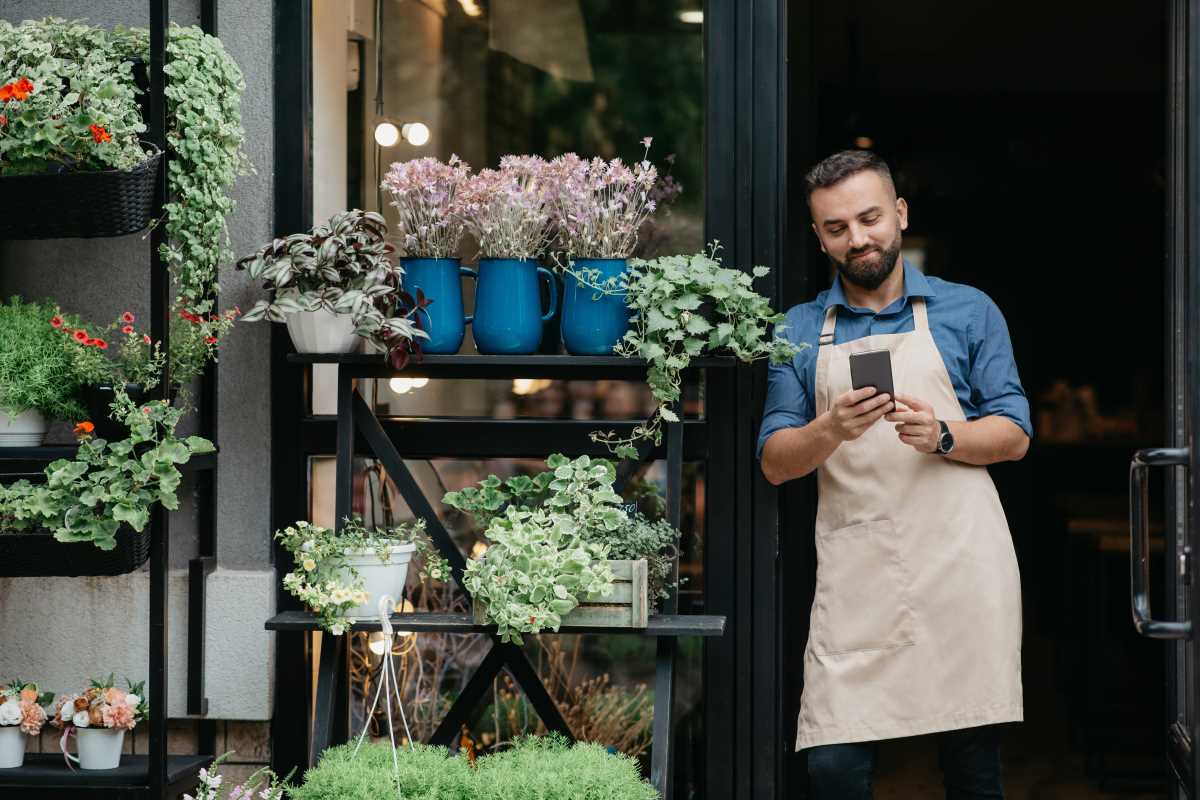Shops and gathering places shape more than economic activity; they bring people together and spark lasting connections across neighborhoods. Small business owners who interact directly with their customers create relationships built on trust, while shared spaces become lively centers for exchanging ideas. Each time someone stops to talk about a handmade item or a local service, they help craft stories that connect a range of talents and backgrounds. These everyday conversations and collaborations give rise to new projects, open doors to job opportunities, and encourage a genuine sense of appreciation between residents and local businesses.
Shoppers become supporters as they find identity in artisans, bakers, or service providers who reflect local character. These exchanges add cultural value to economic transactions, creating bonds that extend beyond purchase receipts. During these moments, community members collaborate, discovering ways to advance collective progress.
New Views on Community Commerce
- Neighborhood artisans serve as creative anchors, weaving local culture into everyday life. Their workshops attract curious visitors who learn techniques passed down through generations, strengthening pride and curiosity. These hands-on experiences initiate conversations about heritage and foster new collaborations that cross age and background barriers.
- Shared workspace collectives break down professional boundaries by inviting freelancers, makers, and small service teams to work under one roof. Designers exchange tips with accountants, encouraging the blending of skills. This environment reduces isolation, creating organic networks of interest that open doors to joint ventures and pop-up showcases.
- Pop-up markets bring together diverse vendors in unconventional venues such as old warehouses, parks, and libraries—turning overlooked spaces into lively hubs. They highlight emerging talents alongside established names, promoting inclusivity by lowering setup costs and drawing in walk-in audiences eager for authentic experiences and surprises.
- Community currencies or point-based exchange systems create alternative value loops. Neighbors earn credits by tutoring peers, fixing bicycles, or offering language lessons, then spend these credits on services from local therapists or farmers. This mutual credit system strengthens connections and keeps resources circulating within the area.
Practical Steps to Grow Local Businesses
- Find Community Spaces as Launchpads
- Goal: Turn underused spaces into storefronts.
- Actions:
- Check with community centers or parks to obtain event permits.
- Propose a short-term pop-up to showcase your main product or service.
- Collect direct feedback from visitors to improve your display and messaging.
- Cost/Measure: Permit fees vary (minimal to moderate); monitor weekly visitor numbers.
- Tip: Host a mini-workshop or demo to attract curiosity and keep visitors engaged longer.
- Use Collaborative Calendars on Local Platforms
- Goal: Coordinate events with community calendars for mutual promotion.
- Actions:
- Join online community boards or local social groups.
- List your sales or workshops alongside other events.
- Update listings weekly to reflect schedule changes or new offerings.
- Cost/Measure: Usually free; track referral traffic with tagged URLs.
- Tip: Offer a small discount in exchange for social media tags from attendees.
- Organize Micro-Mentorship Afternoons
- Goal: Position your business as a local knowledge-sharing hub.
- Actions:
- Invite local experts (designers, accountants, etc.) to give 15-minute sessions.
- Promote and limit seats to create demand.
- Collect email addresses during sign-up to grow your mailing list.
- Cost/Measure: Offer free coffee; track signup-to-attendance ratio.
- Tip: Record highlight clips (with consent) to share practical insights online.
- Create a Neighborhood Rewards Exchange List
- Goal: Drive repeat visits and mutual referrals.
- Actions:
- Partner with 3 nearby businesses to exchange service vouchers.
- Offer a voucher with purchases above a set threshold.
- Track voucher redemptions at partner locations.
- Cost/Measure: Vouchers = cost of small product/service; monitor monthly redemptions.
- Tip: Rotate partners seasonally to maintain novelty and customer interest.
- Start a Neighborhood Insight Newsletter
- Goal: Share behind-the-scenes stories and spotlight local initiatives.
- Actions:
- Collect profiles from local founders or artisans monthly.
- Design and send an engaging, image-rich newsletter via a free email tool.
- Encourage reader participation through voting or idea submissions.
- Cost/Measure: Free tools available; track click-through rates and subscriber growth.
- Tip: Include a “secret tip” section with a fun, hidden local gem.
- Organize a Seasonal Skill Swap Event
- Goal: Encourage community learning and boost foot traffic.
- Actions:
- Partner with 3–5 local professionals to run mini-workshops.
- Set up sessions in a shared space with basic seating.
- Promote through online timetables and printed flyers.
- Cost/Measure: Share venue costs; track attendance and registration fill rate.
- Tip: Give a discount to attendees who complete 3+ sessions.
- Set Up a Feedback Kiosk
- Goal: Capture real-time customer insights at the point of sale.
- Actions:
- Install a tablet or suggestion box at checkout.
- Ask an open-ended question (e.g., “How can we serve you better?”).
- Review weekly and implement promising ideas.
- Cost/Measure: Inexpensive tablet or box; track response count and idea usage.
- Tip: Rotate the question monthly to maintain engagement and avoid survey fatigue.
Building Connections for Shared Success
Bring together local suppliers, community leaders, and creative talents around common tables to turn individual ambitions into shared achievements. Facilitate structured conversations—each led by a different facilitator—that amplify community wisdom. Participants work together to refine project plans, ensuring initiatives meet diverse needs.
Hold matchmaking events that pair complementary businesses, encouraging cross-sector partnerships. Sharing booths or co-hosting webinars helps service providers and product creators reach audiences they might not access alone. These partnerships strengthen resilience and broaden the local economic network.
New Developments Shaping Future Neighborhood Markets
Boost local business reach with contactless payments, virtual storefront tours, and QR-scannable demo videos. Use geo-fencing to deliver timely offers that turn foot traffic into loyal customers. Through tech-savvy tools and community-driven events, neighborhood markets evolve into vibrant hubs of connection and commerce.







